The global silk market is expected to grow from USD 14.6 billion in 2019 to USD 26.2 billion by 2027, at a CAGR of 7.6% during the forecast period 2020-2027.
Silk is a protein fibre which may be woven into textiles with intricate designs. It can be procured naturally as well as artificially. Naturally, it is made from cocoons of insect larvae, typically those of moth caterpillars are used for commercial purposes. Whereas artificial silk, also known as rayon, is produced from cellulose, derived from the pulp of wood and cotton. Sericulture is an ancient industry discovered in 2696 BC, by Empress Leizu of the Han dynasty.
This study delivers a comprehensive analysis of types, production process, applications and regions. The research includes growth drivers as well as challenges prevalent in the global silk market along with the impact they will have on the overall demand during the forecasted period. Additionally, the study also includes various opportunities & threats that are present in the silk market. The type segment comprises of spider silk, tussar silk, eri silk, and mulberry silk. The mulberry silk sub-segment is forecasted to dominate the market due to its notable characteristics such as durability, strength and flexibility. It has various applications in wedding dresses, jackets, shawls, scarves, handicrafts, blankets, pillows etc. Based on production process, the market has been divided into weaving, reeling, cocoon production, dyeing, and throwing. The application segment comprises of cosmetics & medicine, and textile. The textile sub-segment is projected to lead the market since it is expected to account for the largest market share as well as the quickest growing. This is thanks to the durable, lightweight and luxurious properties of silk.
The market has been divided into North America, Europe, Asia-Pacific, Middle East & Africa, and South America. With the rising purchasing power of consumers, expanding textile industries and growing population, the Asia-Pacific region stands as a promising market for silk. It is expected to grow at the highest CAGR of 16.70% during the forecast period. China and India are the world’s first and second-largest producers of silk, respectively.
Some of the notable players in the silk market are Sichuan Nanchong Liuhe, Anhui Silk, Bolt Threads Inc., AM Silk GmbH, China Silk Corporation, Jinchengjiang Xinxing Cocoon Silk Co., Ltd., and Zhejiang Jiaxin Silk Co., Ltd., among others. The key players are now concentrating on implementing strategies such as adopting new technology, product innovations, mergers & acquisitions, joint venture, alliances, and partnerships to improve their market position in the global silk industry.
For instance, AMSilk GmbH entered into a distribution agreement with Hanjoo C&C in September 2016 for the distribution of its product in the Asian market. Hanjoo C&C distributes goods such as Silkbeads, AMSilk and Silkgel in South Korea.
This study predicts revenue growth at global, national, and country levels from 2020 to 2027. Fior Markets has segmented the market based on below-mentioned segments:
Global Silk Market Analysis And Forecast, By Type
Global Silk Market Analysis And Forecast, By Production Process
Global Silk Market Analysis And Forecast, By Application
Global Silk Market Analysis And Forecast, By Regional Analysis
Report Description:
1. Introduction
1.1. Objectives of the Study
1.2. Market Definition
1.3. Research Scope
1.4. Currency
1.5. Key Target Audience
2. Research Methodology and Assumptions
3. Executive Summary
4. Premium Insights
4.1. Porter’s Five Forces Analysis
4.2. Value Chain Analysis
4.3. Top Investment Pockets
4.3.1. Market Attractiveness Analysis By Type
4.3.2. Market Attractiveness Analysis By Production Process
4.3.3. Market Attractiveness Analysis By Application
4.3.4. Market Attractiveness Analysis By Region
4.4. Industry Trends
5. Market Dynamics
5.1. Market Evaluation
5.2. Drivers
5.3. Restrains
5.4. Opportunities
5.5. Challenges
6. Global Silk Market Analysis and Forecast, By Type
6.1. Segment Overview
6.2. Spider Silk
6.3. Tussar Silk
6.4. Eri Silk
6.5. Mulberry Silk
7. Global Silk Market Analysis and Forecast, By Production Process
7.1. Segment Overview
7.2. Weaving
7.3. Reeling
7.4. Cocoon Production
7.5. Dyeing
7.6. Throwing
8. Global Silk Market Analysis and Forecast, By Application
8.1. Segment Overview
8.2. Cosmetics & Medicine
8.3. Textile
9. Global Silk Market Analysis and Forecast, By Regional Analysis
9.1. Segment Overview
9.2. North America
9.2.1. U.S.
9.2.2. Canada
9.2.3. Mexico
9.3. Europe
9.3.1. Germany
9.3.2. France
9.3.3. U.K.
9.3.4. Italy
9.3.5. Spain
9.4. Asia-Pacific
9.4.1. Japan
9.4.2. China
9.4.3. India
9.5. South America
9.5.1. Brazil
9.6. Middle East and Africa
9.6.1. UAE
9.6.2. South Africa
10. Global Silk Market-Competitive Landscape
10.1. Overview
10.2. Market Share of Key Players in Global Silk Market
10.2.1. Global Company Market Share
10.2.2. North America Company Market Share
10.2.3. Europe Company Market Share
10.2.4. APAC Company Market Share
10.3. Competitive Situations and Trends
10.3.1. Product Launches and Developments
10.3.2. Partnerships, Collaborations, and Agreements
10.3.3. Mergers & Acquisitions
10.3.4. Expansions
11. Company Profiles
11.1. Sichuan NanchongLiuhe
11.1.1. Business Overview
11.1.2. Company Snapshot
11.1.3. Company Market Share Analysis
11.1.4. Company Product Portfolio
11.1.5. Recent Developments
11.1.6. SWOT Analysis
11.2. Anhui Silk
11.2.1. Business Overview
11.2.2. Company Snapshot
11.2.3. Company Market Share Analysis
11.2.4. Company Product Portfolio
11.2.5. Recent Developments
11.2.6. SWOT Analysis
11.3. Bolt Threads Inc.
11.3.1. Business Overview
11.3.2. Company Snapshot
11.3.3. Company Market Share Analysis
11.3.4. Company Product Portfolio
11.3.5. Recent Developments
11.3.6. SWOT Analysis
11.4. AM Silk GmbH
11.4.1. Business Overview
11.4.2. Company Snapshot
11.4.3. Company Market Share Analysis
11.4.4. Company Product Portfolio
11.4.5. Recent Developments
11.4.6. SWOT Analysis
11.5. China Silk Corporation
11.5.1. Business Overview
11.5.2. Company Snapshot
11.5.3. Company Market Share Analysis
11.5.4. Company Product Portfolio
11.5.5. Recent Developments
11.5.6. SWOT Analysis
11.6. JinchengjiangXinxing Cocoon Silk Co., Ltd.
11.6.1. Business Overview
11.6.2. Company Snapshot
11.6.3. Company Market Share Analysis
11.6.4. Company Product Portfolio
11.6.5. Recent Developments
11.6.6. SWOT Analysis
11.7. Zhejiang Jiaxin Silk Co., Ltd.
11.7.1. Business Overview
11.7.2. Company Snapshot
11.7.3. Company Market Share Analysis
11.7.4. Company Product Portfolio
11.7.5. Recent Developments
11.7.6. SWOT Analysis
List of Table
1. Global Silk Market, By Type, 2017–2027 (USD Billion)(Tons)
2. Global Spider Silk In Silk Market, By Region, 2017–2027 (USD Billion)(Tons)
3. Global Tussar Silk In Silk Market, By Region, 2017–2027 (USD Billion)(Tons)
4. Global Eri Silk In Silk Market, By Region, 2017–2027 (USD Billion)(Tons)
5. Global Mulberry Silk In Silk Market, By Region, 2017–2027 (USD Billion)(Tons)
6. Global Silk Market, By Production Process, 2017–2027 (USD Billion)(Tons)
7. Global Weaving, Silk Market, By Region, 2017–2027 (USD Billion)(Tons)
8. Global Reeling, Silk Market, By Region, 2017–2027 (USD Billion)(Tons)
9. Global Cocoon Production, Silk Market, By Region, 2017–2027 (USD Billion)(Tons)
10. Global Dyeing, Silk Market, By Region, 2017–2027 (USD Billion)(Tons)
11. Global Throwing, Silk Market, By Region, 2017–2027 (USD Billion)(Tons)
12. Global Silk Market, By Application, 2017–2027 (USD Billion)(Tons)
13. Global Cosmetics & Medicine Silk Market, By Region, 2017–2027 (USD Billion)(Tons)
14. Global Textile Silk Market, By Region, 2017–2027 (USD Billion)(Tons)
15. Global Silk Market, By Region, 2017–2027 (USD Billion)(Tons)
16. Global Silk Market, By North America, 2017–2027 (USD Billion)(Tons)
17. North America Silk Market, By Type, 2017–2027 (USD Billion)(Tons)
18. North America Silk Market, By Production Process, 2017–2027 (USD Billion)(Tons)
19. North America Silk Market, By Application, 2017–2027 (USD Billion)(Tons)
20. U.S. Silk Market, By Type, 2017–2027 (USD Billion)(Tons)
21. U.S. Silk Market, By Production Process, 2017–2027 (USD Billion)(Tons)
22. U.S. Silk Market, By Application, 2017–2027 (USD Billion)(Tons)
23. Canada Silk Market, By Type, 2017–2027 (USD Billion)(Tons)
24. Canada Silk Market, By Production Process, 2017–2027 (USD Billion)(Tons)
25. Canada Silk Market, By Application, 2017–2027 (USD Billion)(Tons)
26. Mexico Silk Market, By Type, 2017–2027 (USD Billion)(Tons)
27. Mexico Silk Market, By Production Process, 2017–2027 (USD Billion)(Tons)
28. Mexico Silk Market, By Application, 2017–2027 (USD Billion)(Tons)
29. Europe Silk Market, By Type, 2017–2027 (USD Billion)(Tons)
30. Europe Silk Market, By Production Process, 2017–2027 (USD Billion)(Tons)
31. Europe Silk Market, By Application, 2017–2027 (USD Billion)(Tons)
32. Germany Silk Market, By Type, 2017–2027 (USD Billion)(Tons)
33. Germany Silk Market, By Production Process, 2017–2027 (USD Billion)(Tons)
34. Germany Silk Market, By Application, 2017–2027 (USD Billion)(Tons)
35. France Silk Market, By Type, 2017–2027 (USD Billion)(Tons)
36. France Silk Market, By Production Process, 2017–2027 (USD Billion)(Tons)
37. France Silk Market, By Application, 2017–2027 (USD Billion)(Tons)
38. U.K. Silk Market, By Type, 2017–2027 (USD Billion)(Tons)
39. U.K. Silk Market, By Production Process, 2017–2027 (USD Billion)(Tons)
40. U.K. Silk Market, By Application, 2017–2027 (USD Billion)(Tons)
41. Italy Silk Market, By Type, 2017–2027 (USD Billion)(Tons)
42. Italy Silk Market, By Production Process, 2017–2027 (USD Billion)(Tons)
43. Italy Silk Market, By Application, 2016–2026(USD Million)(Units)
44. Spain Silk Market, By Type, 2017–2027 (USD Billion)(Tons)
45. Spain Silk Market, By Production Process, 2017–2027 (USD Billion)(Tons)
46. Spain Silk Market, By Application, 2017–2027 (USD Billion)(Tons)
47. Asia Pacific Silk Market, By Type, 2017–2027 (USD Billion)(Tons)
48. Asia Pacific Silk Market, By Production Process, 2017–2027 (USD Billion)(Tons)
49. Asia Pacific Silk Market, By Application, 2017–2027 (USD Billion)(Tons)
50. Japan Silk Market, By Type, 2017–2027 (USD Billion)(Tons)
51. Japan Silk Market, By Production Process, 2017–2027 (USD Billion)(Tons)
52. Japan Silk Market, By Application, 2017–2027 (USD Billion)(Tons)
53. China Silk Market, By Type, 2017–2027 (USD Billion)(Tons)
54. China Silk Market, By Production Process, 2017–2027 (USD Billion)(Tons)
55. China Silk Market, By Application, 2017–2027 (USD Billion)(Tons)
56. India Silk Market, By Type, 2017–2027 (USD Billion)(Tons)
57. India Silk Market, By Production Process, 2017–2027 (USD Billion)(Tons)
58. India Silk Market, By Application, 2017–2027 (USD Billion)(Tons)
59. South America Silk Market, By Type, 2017–2027 (USD Billion)(Tons)
60. South America Silk Market, By Production Process, 2017–2027 (USD Billion)(Tons)
61. South America Silk Market, By Application, 2017–2027 (USD Billion)(Tons)
62. Brazil Silk Market, By Type, 2017–2027 (USD Billion)(Tons)
63. Brazil Silk Market, By Production Process, 2017–2027 (USD Billion)(Tons)
64. Brazil Silk Market, By Application, 2017–2027 (USD Billion)(Tons)
65. Middle East and Africa Silk Market, By Type, 2017–2027 (USD Billion)(Tons)
66. Middle East and Africa Silk Market, By Production Process, 2017–2027 (USD Billion)(Tons)
67. Middle East and Africa Silk Market, By Application, 2017–2027 (USD Billion)(Tons)
68. UAE Silk Market, By Type, 2017–2027 (USD Billion)(Tons)
69. UAE Silk Market, By Production Process, 2017–2027 (USD Billion)(Tons)
70. UAE Silk Market, By Application, 2017–2027 (USD Billion)(Tons)
71. South Africa Silk Market, By Type, 2017–2027 (USD Billion)(Tons)
72. South Africa Silk Market, By Production Process, 2017–2027 (USD Billion)(Tons)
73. South Africa Silk Market, By Application, 2017–2027 (USD Billion)(Tons)
List of Figures
1. Global Silk Market Segmentation
2. Silk Market: Research Methodology
3. Market Size Estimation Methodology: Bottom-Up Approach
4. Market Size Estimation Methodology: Top-Down Approach
5. Data Triangulation
6. Porter’s Five Forces Analysis
7. Value Chain Analysis
8. Global Silk Market Attractiveness Analysis By Type
9. Global Silk Market Attractiveness Analysis By Production Process
10. Global Silk Market Attractiveness Analysis By Application
11. Global Silk Market Attractiveness Analysis By Region
12. Global Silk Market: Dynamics
13. Global Silk Market Share By Type (2019 & 2027)
14. Global Silk Market Share By Production Process (2019 & 2027)
15. Global Silk Market Share By Application (2019 & 2027)
16. Global Silk Market Share by Regions (2019 & 2027)
17. Global Silk Market Share by Company (2019)
Market research is a method of gathering, assessing and deducing data & information about a particular market. Market research is very crucial in these days. The techniques analyze about how a product/service can be offered to the market to its end-customers, observe the impact of that product/service based on the past customer experiences, and cater their needs and demands. Owing to the successful business ventures, accurate, relevant and thorough information is the base for all the organizations because market research report/study offers specific market related data & information about the industry growth prospects, perspective of the existing customers, and the overall market scenario prevailed in past, ongoing present and developing future. It allows the stakeholders and investors to determine the probability of a business before committing substantial resources to the venture. Market research helps in solving the marketing issues challenges that a business will most likely face.
Market research is valuable because of the following reasons:
Our research report features both the aspects; qualitative and quantitative. Qualitative part provides insights about the market driving forces, potential opportunities, customer’s demands and requirement which in turn help the companies to come up with new strategies in order to survive in the long run competition. The quantitative segment offers the most credible information related to the industry. Based on the data gathering, we use to derive the market size and estimate their future growth prospects on the basis of global, region and country.
Our market research process involves with the four specific stages.
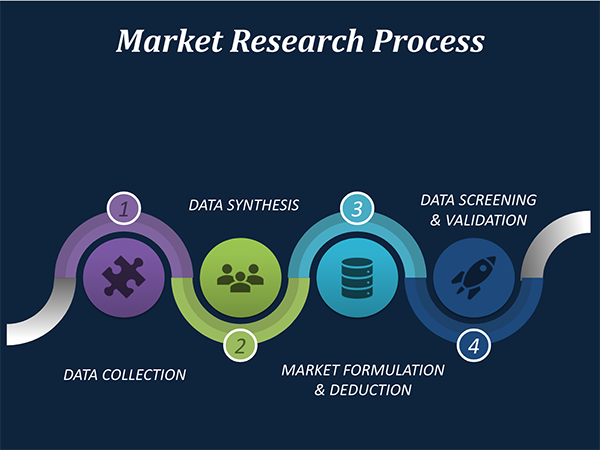
Data Collection: This stage of the market research process involves with the gathering and collecting of the market/industry related data from the sources. There are basically two types of research methods:
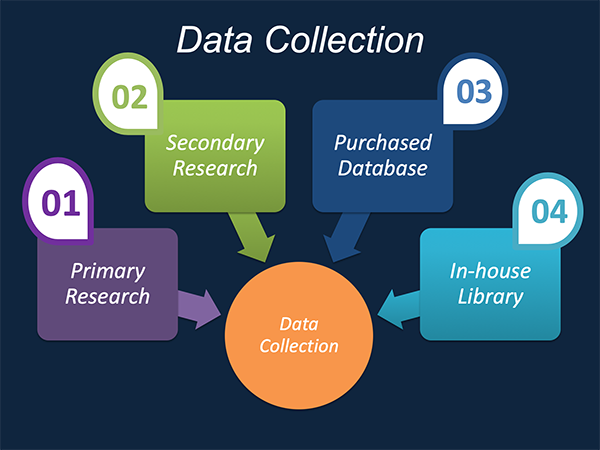
Data Synthesis: This stage includes the evaluation and assessment of all the data acquired from the primary and secondary research. It likewise includes in evaluating the information for any disparity watched while information gathering identified with the market. The data & information is gathered with consideration to the heterogeneity of sources. Scientific and statistical methods are implemented for synthesizing dissimilar information sets and provide the relevant data which is fundamental for formulating strategies. Our organization has broad involvement with information amalgamation where the information goes through different stages:
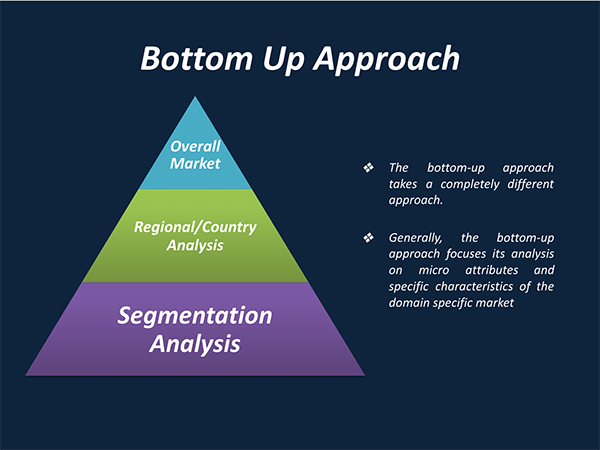
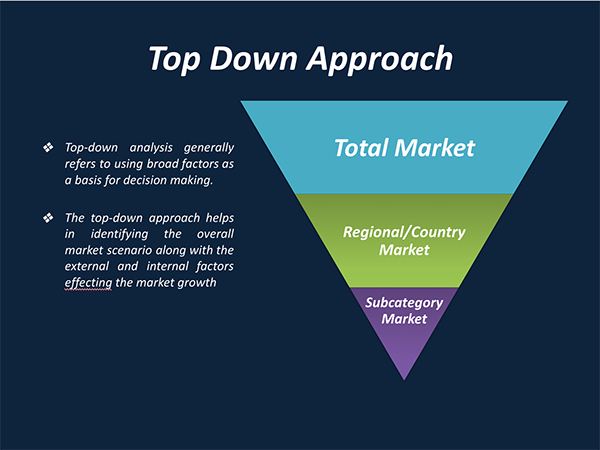
Market Formulation & Deduction: The last stage includes assigning the data & information in a suitable way in order to derive market size. Analyst reviews and domain based opinions based on holistic approach of market estimation combined with industry investigation additionally features a crucial role in this stage.
This stage includes with the finalization of the market size and numbers that we have gathered from primary and secondary research. With the data & information addition, we ensure that there is no gap in the market information. Market trend analysis is finished by our analysts by utilizing data extrapolation procedures, which give the most ideal figures to the market.
Data Validation: Validation is the most crucial step in the process. Validation & re-validation through scientifically designed technique and process that helps us finalize data-points to be used for final calculations. This stage also involves with the data triangulation process. Data triangulation generally implicates the cross validation and matching the data which has been collected from primary and secondary research methods.
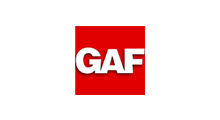

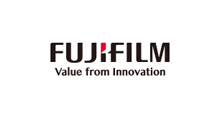
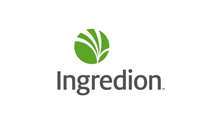

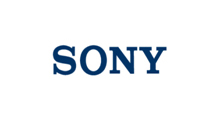
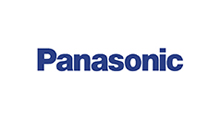
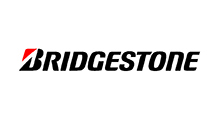
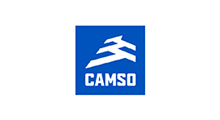
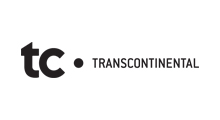
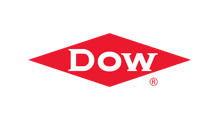
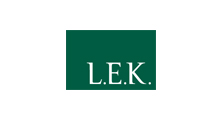

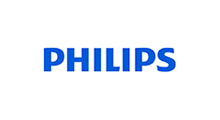
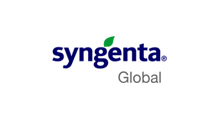
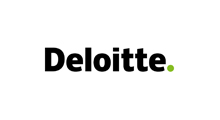

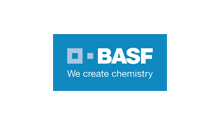
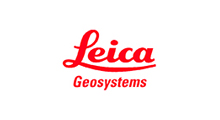
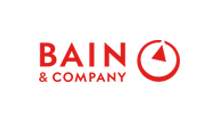

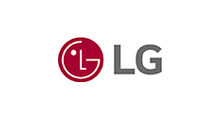
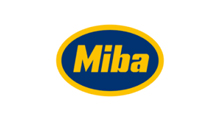
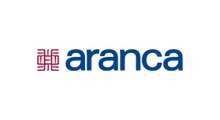
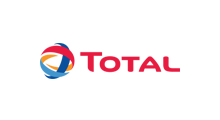
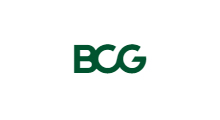
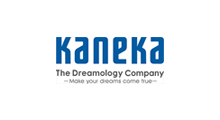
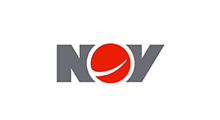
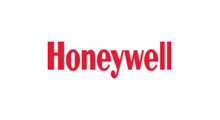
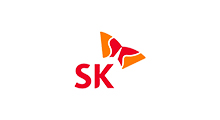
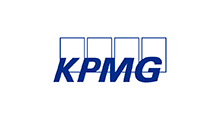
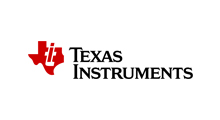
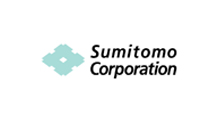
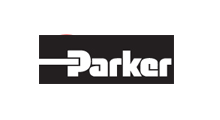
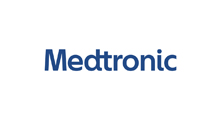
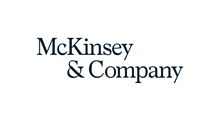


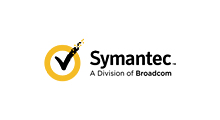
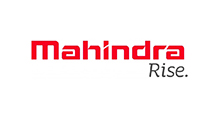
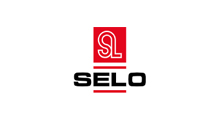
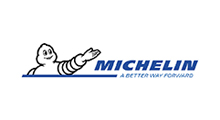

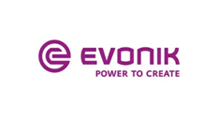

Free Customization
Countries can be added on demand
Free yearly update on purchase of Multi/Corporate User License
Companies served till date

We serve our customers 24x7 for 365 days through calls, emails and live chat options.

Huge database of exceptional market reports bringing market intelligence to your fingertips.

SSL enabled, we offer you various secured payment options for risk free purchase.